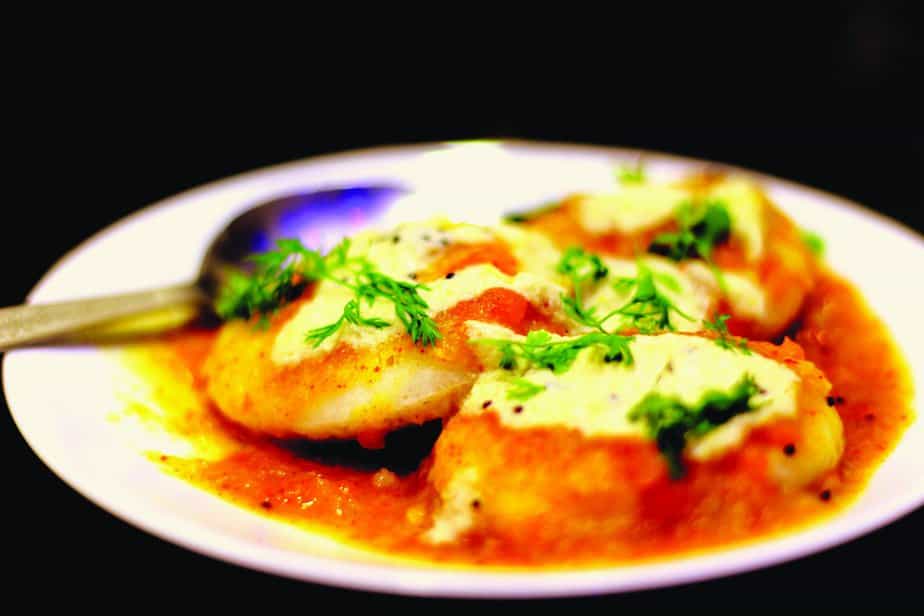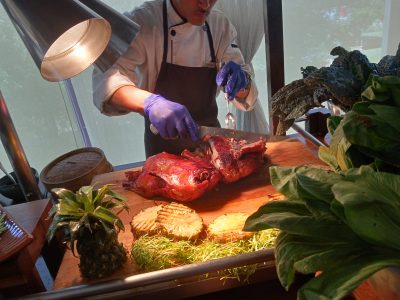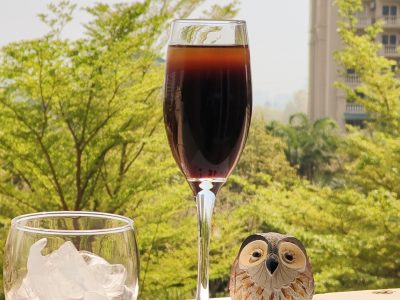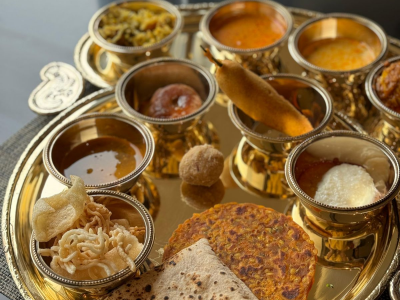Hing, arguable the world’s smelliest spice is an olfactory shock for westerners but an integral part of Indian cooking
Umami is a word that has been defined and in existence since 1908, but it is only lately — say the last two decades — that chefs, gourmands and food writers have been talking about it. Umami, or savory taste, is one of the five basic tastes (together with sweetness, sourness, bitterness, and saltiness). Umami is present in soya sauce, tomato, cheese, nori and many other foods, though the one place where it is present in plenty is MSG – the compound that divides the world into those who love it and those who are really scared of it.
It has been said by some food writers that the reason Indians love Chinese food is because it has a lot of umami, something they believe that Indian food is totally devoid of. But what these writers have completely forgotten is how intrinsic the mother of all Umami, hing (asafoetida) is to Indian food. It won’t be an exaggeration to say that hing is one ingredient that makes Indian food Indian.
There are many stories around the origin of asafoetida. It has said to have been used in exorcisms, or to ward off demons and evil spirits. Asafoetida is also a very old spice. As early as the 6th century BC, asafoetida was imported from southern Asia to northern Africa (Kirenaika, in today’s Libya) where it spread widely; however, due to overharvesting, it died out again. Ancient Romans used asafoetida as a medicine – it still is used as an anti-flatulent, and as a spice for sauces and wine.
Dr KT Achaya’s books “A Historical Dictionary of Indian food” and “Indian Food – A Historical Companion” refers to asafoetida being imported from Afghanistan since ancient times. It finds mention in the Vedas and Mahabharata describes meat being cooked at a picnic, using black pepper, rock salt, pomegranates, lemon and hing.
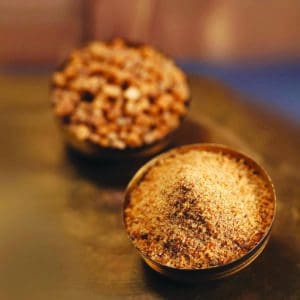
Western researchers trace hing’s vintage to more recent times. Ferula asafoetida is not grown in India, and is a native of Afghanistan, Iran, Turkmenistan and that region of central Asia. As the resin moved west to Europe through the silk route, it also moved east with the Mughals to medieval India, enriching both Indian cuisine and medicine. The west did not really warm up to hing, which they called “devil’s dung” and “the world’s smelliest spice”, and responded negatively to its strong aroma, a mix of sulfur and onions. So many Indians use hing to add umami to an array of savory dishes. For a Western palette, hing can be a shocking olfactory experience.
For Indians, on the other hand, cooking without hing is unthinkable for any self-respecting Indian cook. Many of us will remember the shocked look on the lady’s face when she tastes her sambhar and says, “Oops, forgot to put hing” in the TV commercial for a sambhar powder. Similarly all dals, especially tur dal, cannot get the desired flavour unless there is a dash of hing in the tempering. Aam ka achaar or mango pickle can’t taste good without hing. Alu sabji, another vegetarian staple, just does not taste right unless there is a hing tadka.
Hing has a balancing effect on a dish. It rounds off all the other spices in the dish and makes them come together in a harmony.
One can find hing in food outside of Indian cuisine, too. It is rumoured to be the secret spice in Worcestershire sauce. It’s also added to some Middle Eastern dishes. But in this age of global food fusion, the world’s smelliest spice has not yet been discovered and become an extreme food like Durian or stinky tofu. Its best is yet to come.

